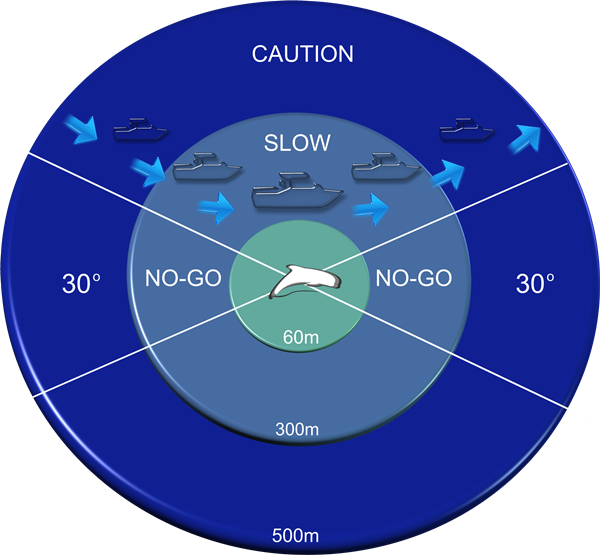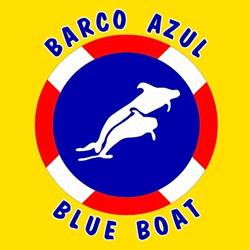WWET is responsible whale watching. This means that we care and always put the welfare of the whales and dolphins first.
Sighting wild cetaceans is an amazing experience, and we believe that when done with respect, with purpose, with the right message, positive benefits arise for both whales and people.
Our tours meet all the locally established whale watching regulations, and international criteria that defines this activity as responsible.
As you can see, at WWET, we choose to enjoy wildlife accordingly to our values, and you deserve the option of choice too. That is why we have gathered the following information, hoping that will serve you well for choosing all your whale watching adventures!
Sighting wild cetaceans is an amazing experience, and we believe that when done with respect, with purpose, with the right message, positive benefits arise for both whales and people.
Our tours meet all the locally established whale watching regulations, and international criteria that defines this activity as responsible.
As you can see, at WWET, we choose to enjoy wildlife accordingly to our values, and you deserve the option of choice too. That is why we have gathered the following information, hoping that will serve you well for choosing all your whale watching adventures!
There are over 50 countries with whale watching regulations and guidelines. However, none of these are enough to address the issues and impacts concerning the cetaceans affected. Examples of short term impacts recorded on targeted animals are:
Research has showed, for over a decade, that these short-term effects can lead to long term or permanent impacts, such as:
The issue is very concerning, and bearing in mind that the whale watching tourism is a growing industry worldwide, it is of vital importance to take action. International recognised organisations are defining and promoting responsible whale watching:
These organisations agree that whale watching can be a powerful conservation tool, and when done responsibly, it can have positive outcomes for the whales, the people and the local communities. They consider the following criteria to define a responsible whale watching operator:
- Active avoidance or response to vessels: for example, rapidly changing speed or direction, or diving more frequently
- Changes in surface activity in the presence of boats
- Group dispersion, including mothers and calves
- Reduction in foraging behaviour
- Reduction in resting and socialising behaviour of dolphins
- Noise from vessels affecting dolphin vocalisation patterns
Research has showed, for over a decade, that these short-term effects can lead to long term or permanent impacts, such as:
- Long-term effects upon the health and abundance of the populations
- The apparent habitat shift of dolphins from areas heavily targeted by whale watching tourism
- Reduced female reproductive success
- Serious, and often fatal, injury
The issue is very concerning, and bearing in mind that the whale watching tourism is a growing industry worldwide, it is of vital importance to take action. International recognised organisations are defining and promoting responsible whale watching:
- International Whaling Commission, IWC
- International Fund for Animal Welfare, IFAW
- Whale and Dolphin Conservation, WDC
- World Cetacean Alliance, WCA
These organisations agree that whale watching can be a powerful conservation tool, and when done responsibly, it can have positive outcomes for the whales, the people and the local communities. They consider the following criteria to define a responsible whale watching operator:
- Caring about the welfare of the whales and dolphins
- Manoeuvering the boat according to the regional code of conduct
- Following regulations governing whale watching in their region
- Have an experienced naturalist or expert onboard
- Carry out research, or invite researchers to use the boat as platform
- Onboard educational material
- Doing conservation activities or links with organisations that do so
Spain and the Canary Islands have laws that establish protection measures for cetaceans, regulations for whale watching companies, and a code of conduct to be followed by everyone when doing this activity
For your convenience, WWET created an easy to read summary of the legislation regarding whale watching and cetaceans. To read the actual legislation, please follow the links below:
(Spanish only)
For your convenience, WWET created an easy to read summary of the legislation regarding whale watching and cetaceans. To read the actual legislation, please follow the links below:
(Spanish only)
Summary of legislation
Cetacean Protection Mobile Space
(EMPC)
(EMPC)

Exclusion Zone
Restricted Permanence Zone
Approaching Zone
Submarine Zone
Aerial Zone
PROHIBITED TO:
PROHIBITED TO:
- Radius of 60 metres from the cetaceans
- Prohibited to enter or to stay
- If the animals come close unexpectedly, boat engine must be in neutral or off. If they are dolphins, maintain constant speed and course
Restricted Permanence Zone
- Radius of 60 – 300 metres from the cetaceans
- Prohibited to enter if there are only calves, or in company of one adult
- Maximum 2 boats, and time limited to 30 minutes
Approaching Zone
- Radius of 300 – 500 metres from the cetaceans
- Maximum 2 boats, and if both want to enter the Restricted Permanence Zone, they must coordinate by radio
Submarine Zone
- Cylinder of 500 m of radius and 60 m of depth from the cetaceans
- Prohibited to enter or to stay
- If the animals come close unexpectedly during sport diving, interaction is not allowed, and in case it happens divers must leave the zone
Aerial Zone
- Cylinder of 500 m of radius and 500 m of altitude from the cetaceans
- Prohibited to enter or to stay
Cetacean Protection Measures
PROHIBITED TO:
- Swim or dive with them, or any physical contact
- Feed or to throw any object at them
- Interfere with their course
- Separate or disperse the group
- Make loud or strident sounds
- Stay in the EMPC if cetaceans show any sign of annoyance
- Ignore any injured or dead cetacean (Call 112, the Civil Guard or Maritime Captaincy)
Code of Conduct
PROHIBITED TO:
- Use sonar or acoustic devices
- Navigate faster than 4 knots, or the slowest animal of the pod
- Navigate in reverse, or in circles
- Make sudden manoeuvres of speed or course

Important Fact
LOOK FOR THIS FLAG WHEN BOOKING YOUR TOUR!

Whether you go with WWET or not for your whale watching adventure, pick a boat with this flag. It means that is a legal whale watching tour operator, that knows the regulations, has a certified guide on board, and has passed the government technical inspection for safety and reduced impact on the whales and dolphins.


